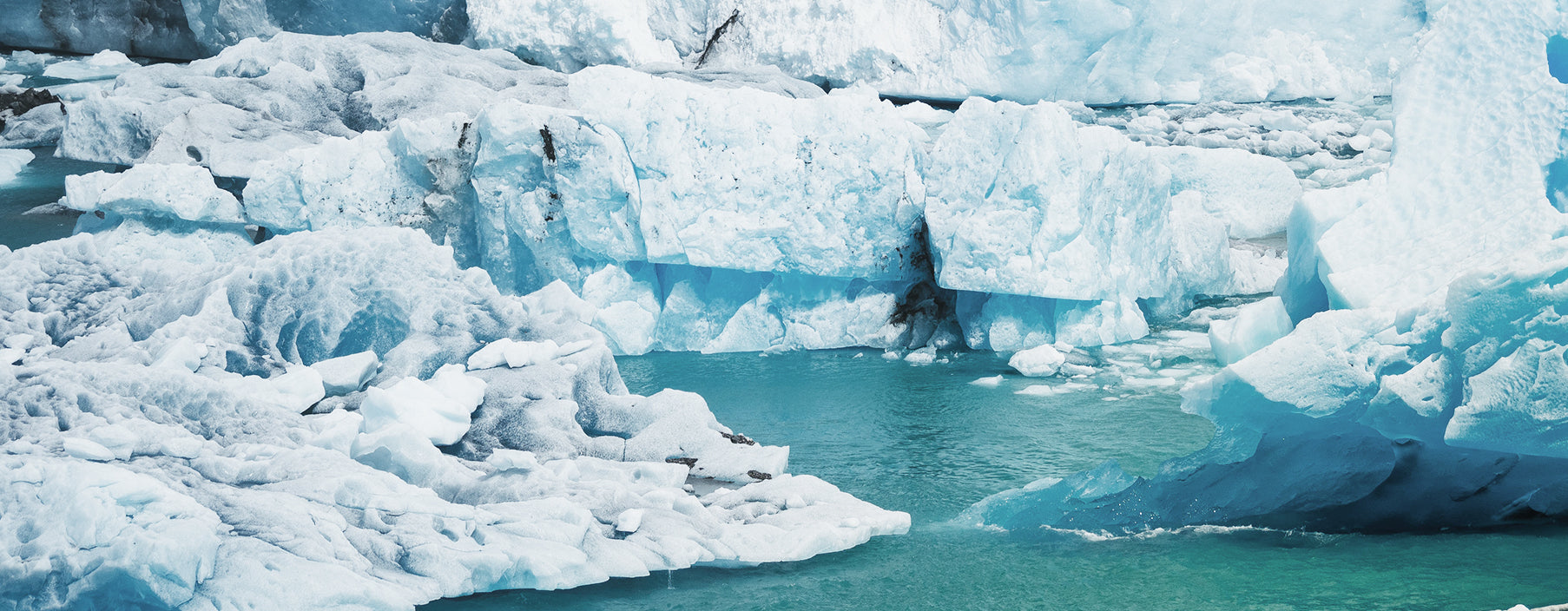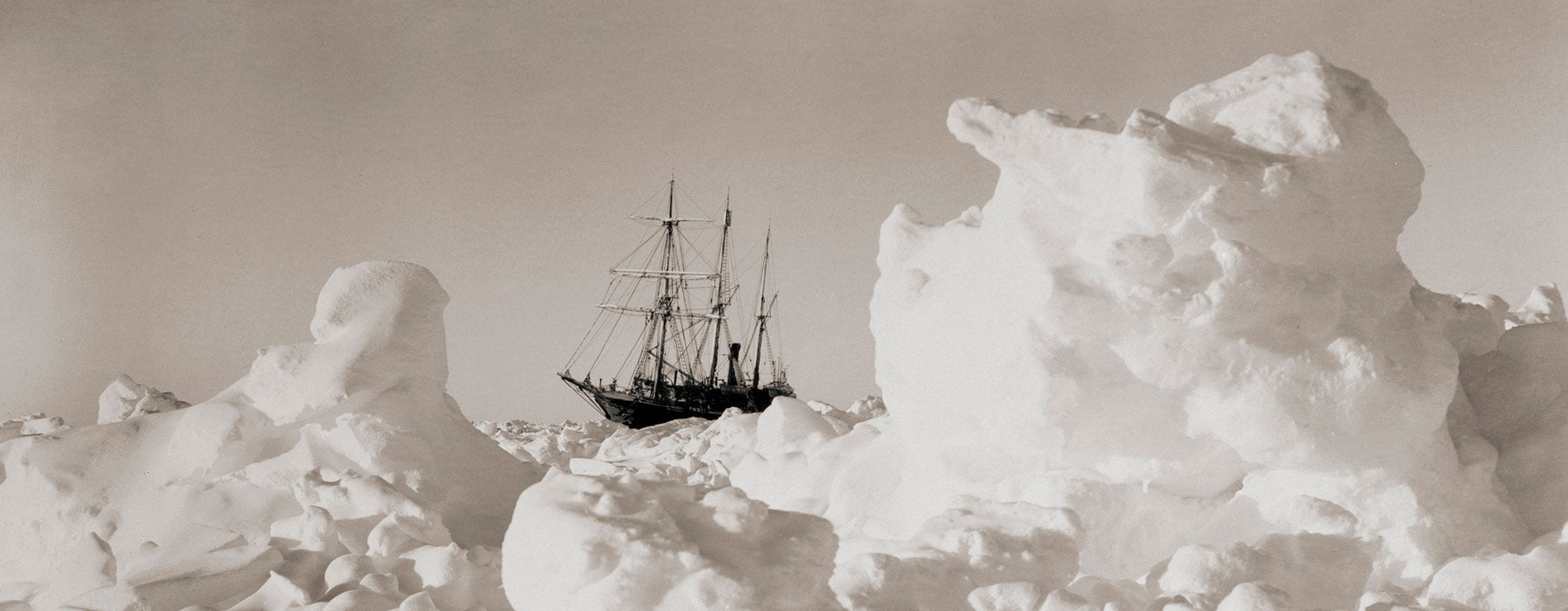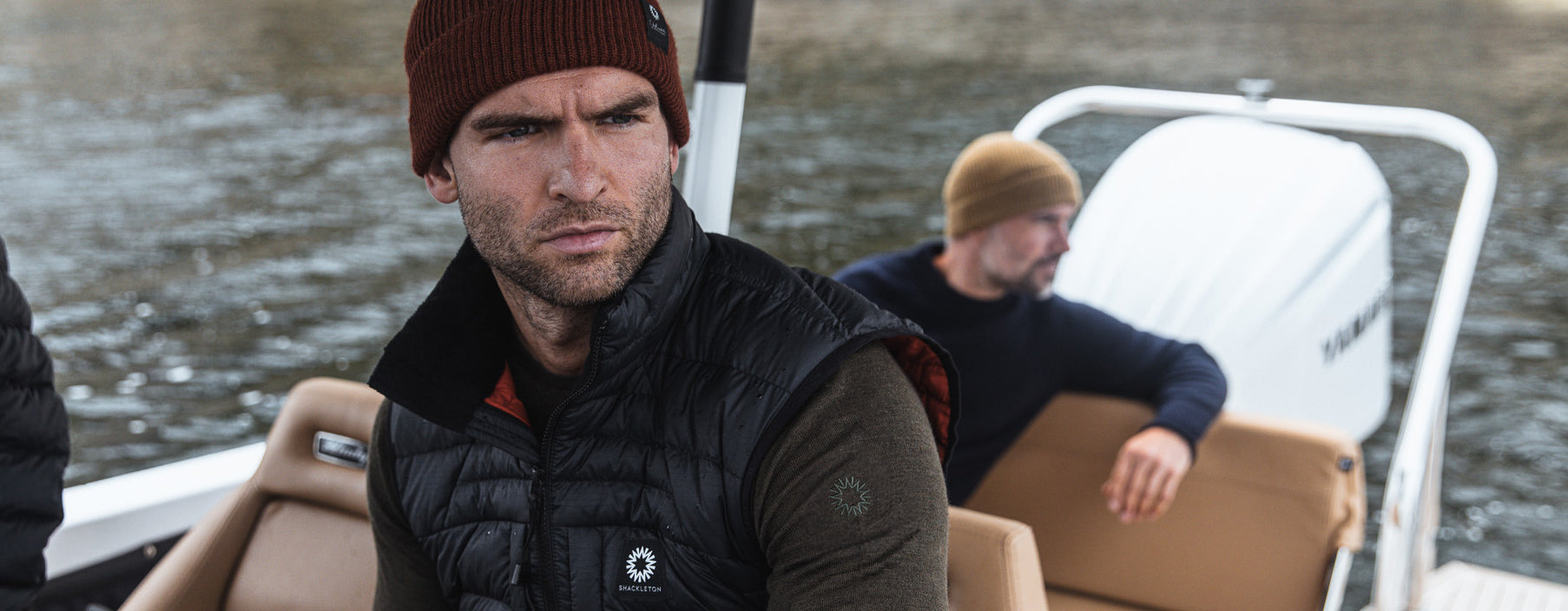
A Letter from the Arctic // Louis Rudd
Shackleton Director of Expeditions, Louis Rudd is currently On-Board Explorer on a ship bound for Greenland. He takes the time to reflect on the season of polar exploration just past and look to the challenges ahead.
Someone once said to me: ‘There are two seasons – winter, and preparing for winter.’ This could not be more true for me. The main polar summer is our winter, so the expedition season will soon be upon us again. The intervening months, April to September, are when we take stock, reflect on the expeditions of the past year, and begin to plan for the Challenges ahead.
Looking back over the past year, I have spent the majority of that time in the polar environment. From several months in Antarctica, to now being on a ship destined for Greenland.
The Antarctic adventure was different to some of the solo and team trips I’ve done before. This time, I was working with Martin Hewitt, an injured veteran, who lost the use of his arm while serving in Afghanistan. The objective was to support him in his endeavour, and it was an incredible opportunity for me. We skied to the South Pole and then climbed the highest mountain in Antarctica.

Louis Rudd and Martin Hewitt in Antarctica for the Adaptive Grand Slam.
After only a few weeks, I was in Norway briefly for a final recce of Shackleton’s first full season of Challenges. The weather in January was extreme – we had trouble finding the replica of Amundsen’s Antarctic hut, which sits just outside the famous Finse hotel.
After that came Chamonix, where we were planning an Alpine Challenge. It’s a place that’s full of mountaineering history, and we lost no time in heading for high points like Aguille du Midi, developing an itinerary and catching up with guiding friends.
Our first season in Finse soon got started. The snow train from Oslo is still spectacular, no matter how many times you do it. We arrived a few days before the expeditioners; prepping kit, checking the weather and avalanche forecasts, and laying out Shackleton Pulk Jackets in the rooms, ready for the first team’s arrival.
We looked like a tight team in our matching kit and liveried pulks. We even impressed the Norwegians (not an easy task), as we skied across the snowy Hardangervidda national park. The locals did enjoy explaining to us who reached the South Pole first, as if we’d never heard of Amundsen…

Louis Rudd guiding Shackleton expeditioners on the Finse Polar Skills Challenge.
We have had so much positive feedback from the first Finse season, and we continue to reflect on how positive it was for us as guides, as well as for those on the expeditions. We were able to show so many people how to make that first step in polar travel, but in a safe and fun way. Our kit performed, the weather played ball (mostly) and we had a blast. At the moment, at least one in five of those who came on the Finse challenges this year have already booked another trip.
After a turnaround in the UK of 24 hours – enough to dump the polar gear and pick up the trekking kit – we were off again to Everest Base Camp. Our training for trekking at altitude wasn’t exactly specific, but we dived straight into the next adventure. After arriving in the chaos that is Kathmandu, we jumped onto a tiny Twin Otter, to take us to the world’s most dangerous airport; Lukla. The small mountain outpost is the starting point for most Everest expeditions, whether you’re trekking to Base Camp, or summitting Everest itself. From there it’s at least a week’s trekking through the mountains.

Louis Rudd at Everest expeditioners' base camp on a recce in the Himalayas.
It was quiet compared to pre-Covid times, we were told. We stopped at tea houses for Sherpa stew and Nepalese tea. Sherpas sat around the stoves in the middle of the room. Everything felt very simple; breakfast, hike, lunch, hike, then settle in another tea house for the night. As guests of Elite Expeditions, we were treated to a special ceremony with a local Lama; he blessed us, and fed us some holy water, which was yellow and didn’t smell too fresh. I carefully pretended to drink mine. We even visited our Sherpa’s mother-in-law for mint tea. We were given a unique insight into Sherpa life – their lifetime at altitude making them perfectly adapted to the thin air while we Westerners struggled. Most trekkers end their journey at a huge rock which stands at the entrance to Base Camp proper. We were spending the night at the expeditioners’ base camp – a rare privilege. We ate an early supper with a team who were doing their first rotation in the early hours of the next day; traversing the infamous Khumbu Ice Falls, before reaching Camp I, then Camp II, before descending. Although it was a friendly affair, with jokes and laughter, the air jangled with pre-expedition nerves, anticipation and excitement. It was unusual to observe from the outside, and it was half with envy, and half with relief. We heard them set off the following morning, about 2am, and if you’d looked outside the tent, you’d have seen their head torches bobbing towards the Ice Falls, eventually disappearing into the Himalayan night.
After a few weeks regrouping back in the UK, we were off to Arctic waters, but not before we’d fulfilled a longstanding invitation to visit the James Caird. The lifeboat that carried Shackleton to eventual safety on South Georgia ended up at Dulwich College, and sat for decades at one end of the playing fields, its sail unceremoniously rolled up inside. It’s since been lovingly and faithfully restored, and sits in pride of place in the school’s science block. For Shackleton fans, visiting the boat is - I imagine - something akin to walking on the pitch of a favourite football team, or meeting a music icon. It felt incredible that it not only survived, but that we could touch it, that such a remarkable part of polar history was right there in front of us. We were lucky to be shown some of the rarer archive material, including sponsorship letters signed by Shackleton himself. Just looking at the size of the boat makes his feat of endurance, skill in navigation, and a good dose of luck, all the more incredible.
Boarding our Greenland-bound ship in Tilbury docks soon afterwards felt like another step back in time. The ship serves formal dinner every night, and people dress properly for it. My job as onboard explorer is to add some stories from some of the places the ship would be calling at; Iceland, Greenland. We stopped in Iceland for just one day – enough time to get off and run round the headland with an awesome backdrop of black volcanic mountains, which dropped away into the bluest sea. The wind was icy, despite it being mid-summer, but the sun was shining and it was a great day ashore. We caught up with our Iceland contact, who will be providing some of the logistics support for our Iceland Glacier Challenge and our Fire and Ice Challenge. His monster truck has the number plate ICE1 and, Iceland being a tiny country, he’s recognised wherever he goes.
Back at sea, the sun began to disappear and the sky became flat and grey, and the sea leaden. As we approached the south coast of Greenland, black outlines of jagged rock began to appear in the distance. Then, our first iceberg. As we sailed closer, sea ice running out from the shore came into view. It’s stillness and vast area had an almost-magical quality which gave off an unwelcoming aura. I imagined Eric the Red, who came here from Iceland promising those who joined him a better life. How they must have felt when they came upon these desolate shores I can’t imagine. I suppose they hoped for a more hospitable interior, rather than the never-ending ice which dominates as soon as you come inland.
Louis Rudd MBE, Shackleton Director of Expeditions, is a record-breaking polar adventurer, former Royal Marine Commando and SAS soldier. He is the first and only person to have traversed Antarctica twice using human power alone and has reached the South Pole three times from different coastal starting points.


